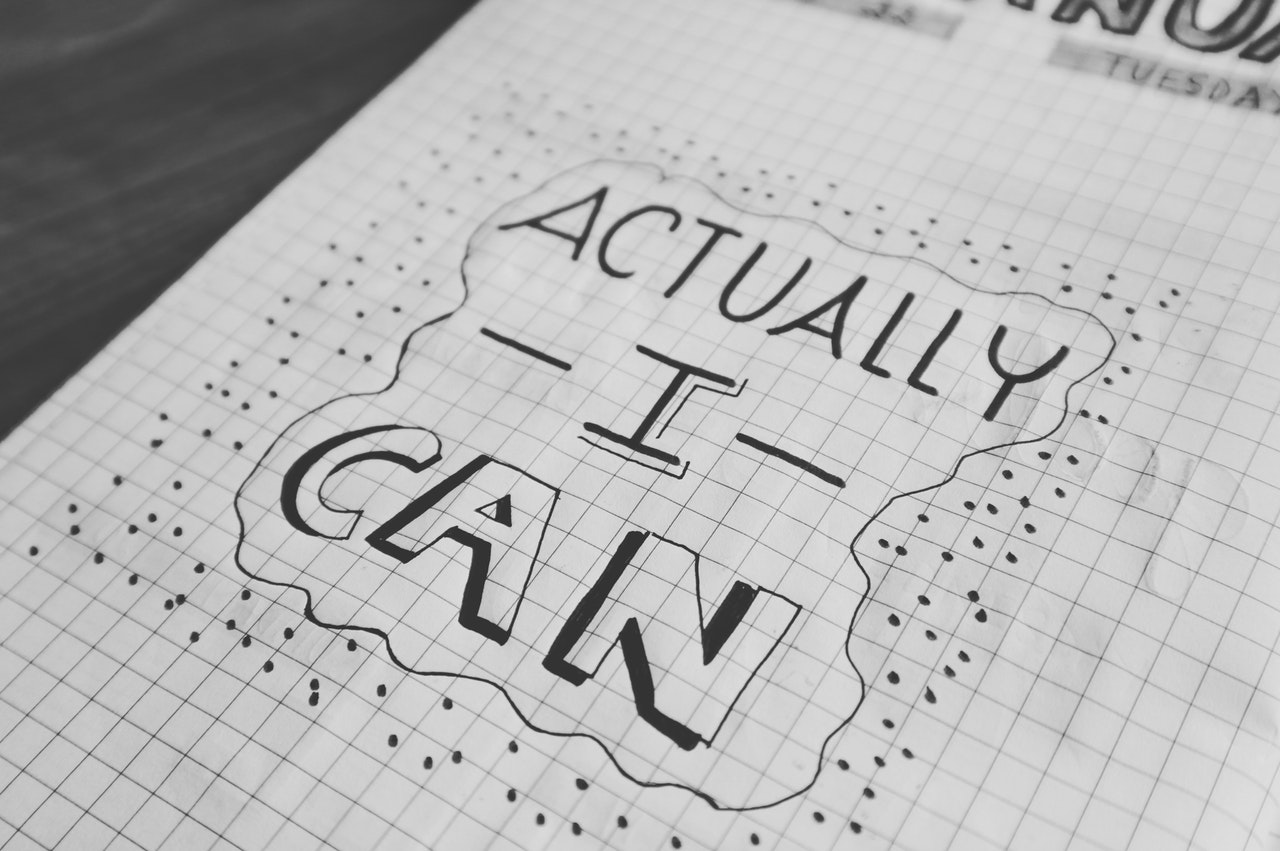Glacier meltdown in himalayan region can be considered as an opportunity and crisis for India. Explain (200 Words)
Refer - Business Standard
Enrich the answer from other sources, if the question demands.

IAS Parliament 5 years
KEY POINTS
· That the Himalayan glaciers are melting rapidly is known. A recent satellite data-based study of around 650 glaciers across the 2,000-km Himalayan range estimates that the rate of decline in the snow cover, which averaged around 22 cm between 1975 and 2000, has accelerated to over 43 cm between 2000 and 2016.
· The journal, Science Advances, the Himalayas are losing nearly 8 billion tonnes of frozen water every year.
Impending crisis
· The air pollutants, such as black soot (carbon) and dust, which find their way to the glacial ice, absorb heat from the sun and hasten snow melting.
· Even if the Paris agreement’s goal of capping global temperature rise to 1.5 to 2 degrees Celsius above the pre-industrial levels is met it is likely that the Himalayas could still lose over a third of their ice cover by the end of this century.
· As per the Climate vulnerability report of Indian Himalayan regional states prepared by IIT Guwahati shows that Assam Himalayas (0.72) is the most vulnerable to climate change while Sikkim is the least.
· The main fear is that the water flows in these channels would turn uncertain, irregular and, more so, unpredictable.
· In the shorter run, the increased snow melting may swell their water stocks, heightening the risk of floods.
· But in the longer run, with the perceptible contraction of the snow cover by around, say, the 2050s, the flows would tend to taper off, causing frequent water shortages downstream.
An opportunity
· The Himalayan snow deposits, the lifeline of the rivers emanating from this mountain chain, are critical to meet the water needs of millions of people in India and other Asian countries, particularly during the pre-monsoon summer months.
· Necessity to rediscover the traditional water harvesting structures to recharge the depleting acquifiers.
· Guiding the runoff water into the underground aquifers through rainwater harvesting structures is the best and the safest method of water preservation.
· Rapid melting calls for measures need to be taken to prevent the flooding especially in rivers like Kosi, Gandak.
· Stringent measures to reduce the impact of environmental pollution in plains.
· Emphasis on the interlinking river project to transfer the water to dry river basins.
Santosh kulkarni 5 years
Kindly review.thanks

IAS Parliament 5 years
Good answer. Keep Writing.
Nikhil Lute 5 years
Kindly review my answer

IAS Parliament 5 years
Try to include about interlinking of rivers, Climate vulnerability map prepared by IIT Guwahati. Keep Writing.

@Pallavi 5 years
Kindly review.

IAS Parliament 5 years
Try to include about climate vulnerability map of Indian Himalayan region. Keep Writing.

Anisha Sahu 5 years
Kindly review.

IAS Parliament 5 years
Good attempt. Try to include about climate vulnerability maps for Himalayan region prepared by IIT Guwahati. Keep Writing.